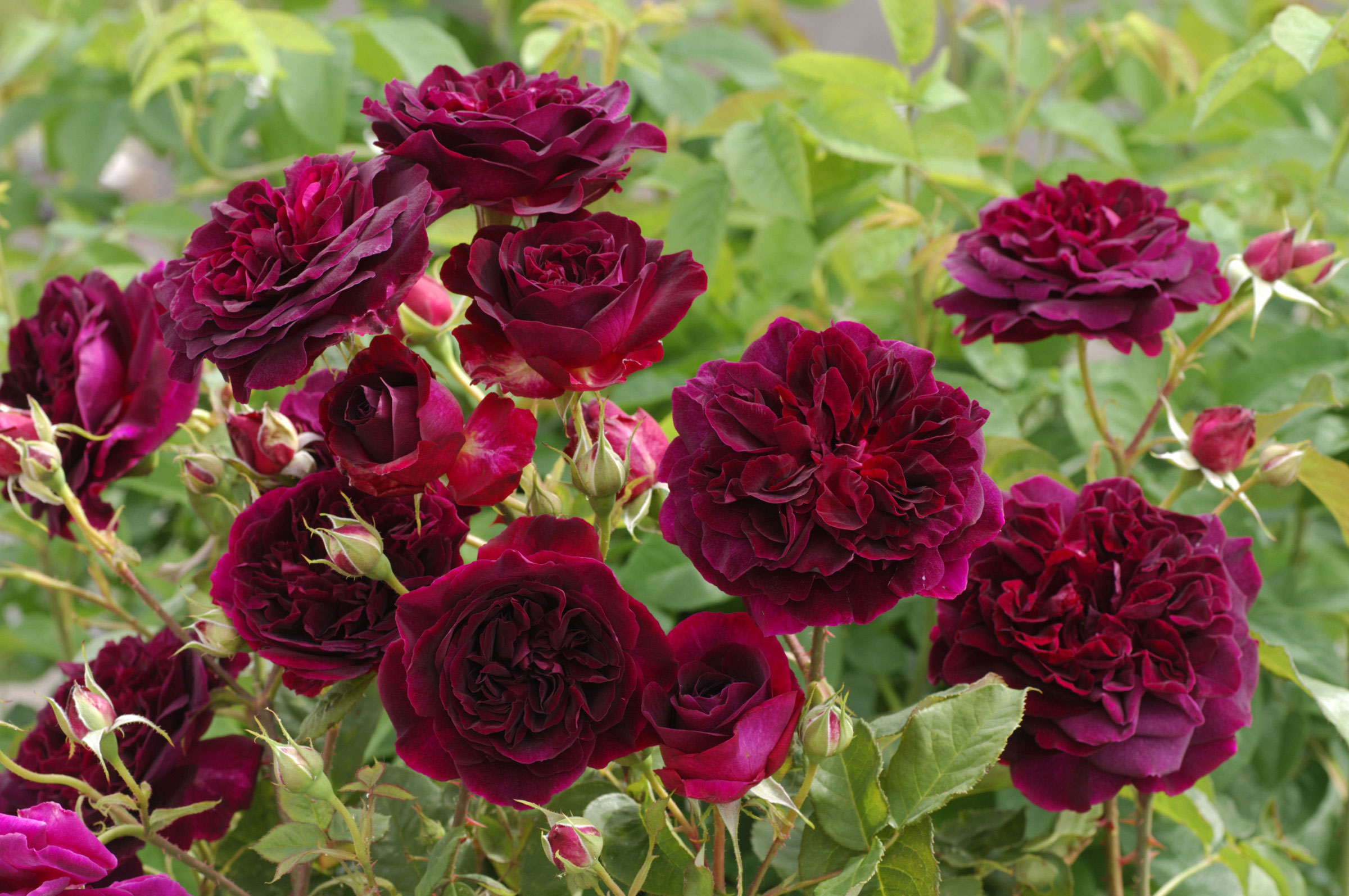Throughout my life the British love affair with the rose has been constant. In my view they are an essential ingredient of the perfect garden. However you may ask what is so different about the roses bred by David Austin that have become increasingly prominent since the 1970s, and are now so freely available. Here I attempt to explain why I adore them and would choose them in preference to any other rose.
David C.H Austin OBE began as an amateur rose breeder in 1947. He has devoted the years since to trying to create a new group of roses which he calls English roses. His nursery on the Shropshire border, owned with his eldest son David J.C Austin, has become one of the world’s most important nurseries for rose breeding. To date, they have released over 200 English roses in a wide selection of colours. Many of these have won awards both nationally and internationally.
 English rose Gertrude Jekyll (image copyright Crocus.co.uk)
English rose Gertrude Jekyll (image copyright Crocus.co.uk)
They differ from other roses that are available because David has bred them to combine the sumptuous beauty and fragrance of the old roses, such as the Albas, the Damasks and the Gallicas, with the repeat-flowering abilities of the modern Hybrid Teas and Floribunda roses. Thus he has created plants that begin to produce wonderful cup shaped and rosette blooms, which in my opinion are far more preferable to, for example the Hybrid Teas, when other garden plants have passed their peak, and continue blooming to the frosty onset of winter.
English roses perform well in a large container. If you are blessed with a large plot, a dedicated rose garden or border can be created to stunning effect. For most of us though they put on their best performance in our gardens in mixed borders under-planted with herbaceous perennials. This to me is the dream garden style. Although selecting a favourite is comparable to a child in a sweet shop, if forced to select one, Rosa Munstead Wood pictured at the top of the article (image copyright Crocus.co.uk) would be my current choice, with its deep velvety crimson blooms.
English rose Lady Emma Hamilton (image copyright Crocus.co.uk)
Some varieties can be grown as an excellent climbing rose. Grown as a shrub, their heights vary. Some will reach 4-5ft. It is sometimes recommended that smaller varieties be planted in groups of three of one variety to give the appearance of old shrub roses. One however is sufficient in the smaller border.
If my enthusiasm for these wonderful plants has been infectious, a range of English roses is available from Waitrose Garden. To view them click here
Mark Snelling.


